When it comes to growing hydrangeas in the landscape, a few simple tips can go a long way to gorgeous blooming success.
Hydrangeas are well known for their large, mophead-style blooms.
Available in a wide variety of brilliant colors, their beauty is simply stunning.
But what makes Hydrangeas even more special is they can be enjoyed by gardeners from all over.
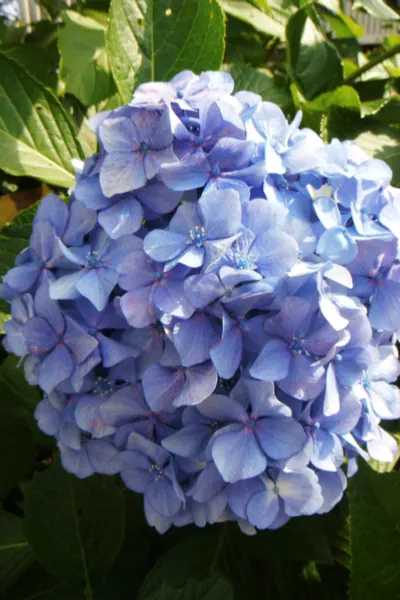
With both cold-hardy and heat tolerant varieties available, hydrangeas can be grown and enjoyed in nearly any climate.
Even more fascinating, the soil in which they are grown affects how they bloom.
Growing Hydrangeas – It All Starts With The Soil
The color of hydrangea blooms are heavily altered by the existing PH of the soil.
Although specific varieties have distinct inherent colors, their blooms do morph a bit based on the make-up of the soil.
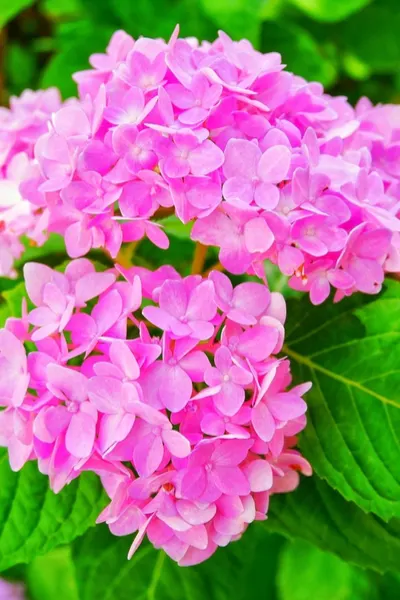
Here is how it works:
In general, the more acidic the soil, the more blue your hydrangeas will be.
Alternatively, the more alkaline the soil, the more hydrangeas tend to bloom on the pinkish side of the spectrum.
Growing Hydrangeas – How To Plant, Care And Maintain
Success with growing hydrangeas all starts with selecting the right location for planting.
Hydrangeas simply don’t perform well in full sun.
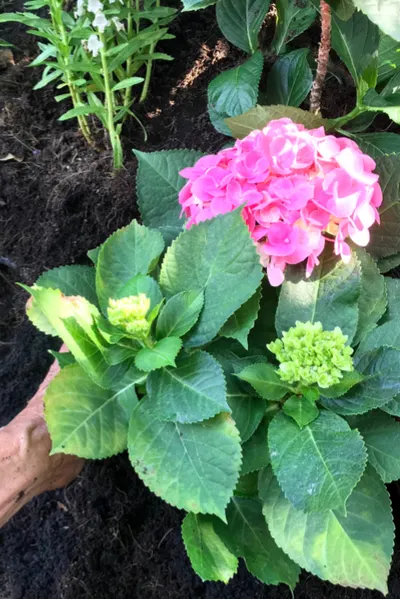
So what is the best location? An area that receives morning sun with afternoon sun is at the top of the list.
Locations that receive evening sun also work well too.
But avoid any area that receive more than 10 hours of full sun each day. It is simply too much heat and sunlight for the plants to perform well.
Planting And Fertilizing
Hydrangeas are best planted in early spring or fall. And they love rich, fertile and well-drained soil.
If you live in areas with hard or clay-like soil, amend planting holes with large amounts of compost. See : How To Make Great Compost
Dig holes to twice the size of the root ball to allow the roots to easily expand. Keep the top of the root ball level with the surface of the ground when planting.
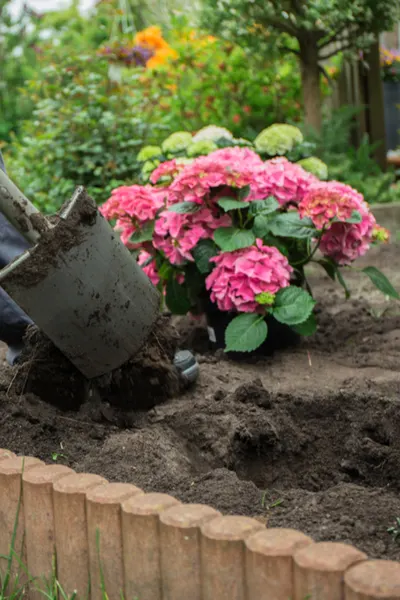
Planting too low can lead to pooling water at the root ball. Too high, and the plants sheds all water.
Apply a few inches of mulch on top to help conserve moisture and protect the plants.
Hydrangeas don’t require a lot of additional fertilizer when grown in good soil.
However, a basic all-purpose fertilizer can be used at planting time, and every few months during the growing season to aid in plant growth and health. Product Link : Jobes Hydrangea Fertilizer
Here are a few great varieties to try : Firelight Hydrangea – Rio Big Leaf Hydrangea
Pruning And Deadheading
Hydrangeas do not require major pruning from year to year to keep blooming.
Basic care involves making sure to remove any dead or diseased wood in late fall to keep plants healthy.
Deadheading, on the other hand, is an important part of keeping plants blooming during the growing season.
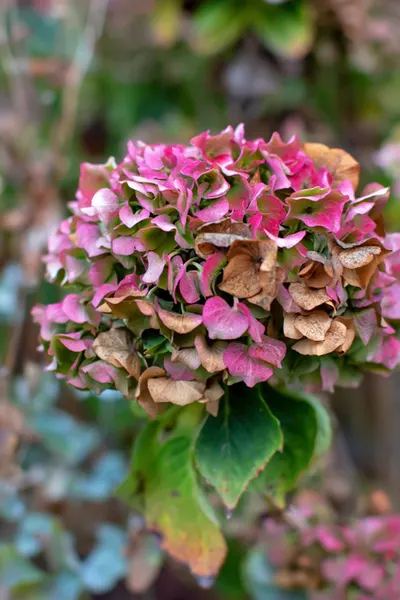
As blooms die off, cut them back to the stem.
This helps keep the plant’s energy focused on producing new blooms, and not wasting it on the blooms that are fading.
Growing Hydrangeas – Splitting And Dividing
Hydrangeas can easily be split to form new plants. It is a great way to create a mass-planting or hedge line without breaking the bank.
Usually, plants can be split and divided every 3 to 4 years with good results.
Use a sharp shovel to dig up the entire root ball of the hydrangea. Dig at least 10 inches from the edges out from the root ball to avoid damaging roots.
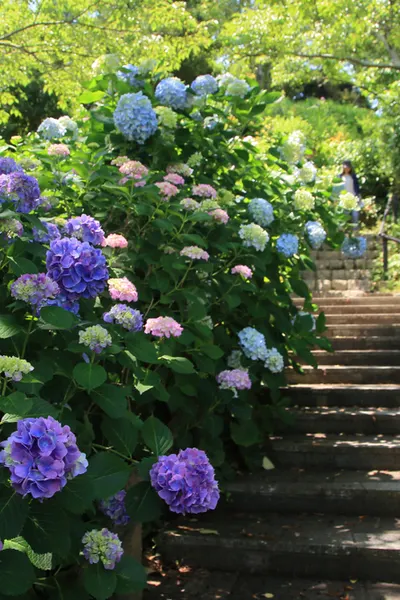
Once the root ball has been dug, take the sharp shovel and split down through the middle.
Each division can now be planted to form a new plant.
Large plants can be split more than once to create more plants. Splitting and dividing is best done in early spring or late fall.
Here is to growing hydrangeas in your landscape this year!

This Is My Garden is a website dedicated to spreading the love and knowledge of gardening around the world. We publish two new garden articles each week. This article may contain affiliate links.
